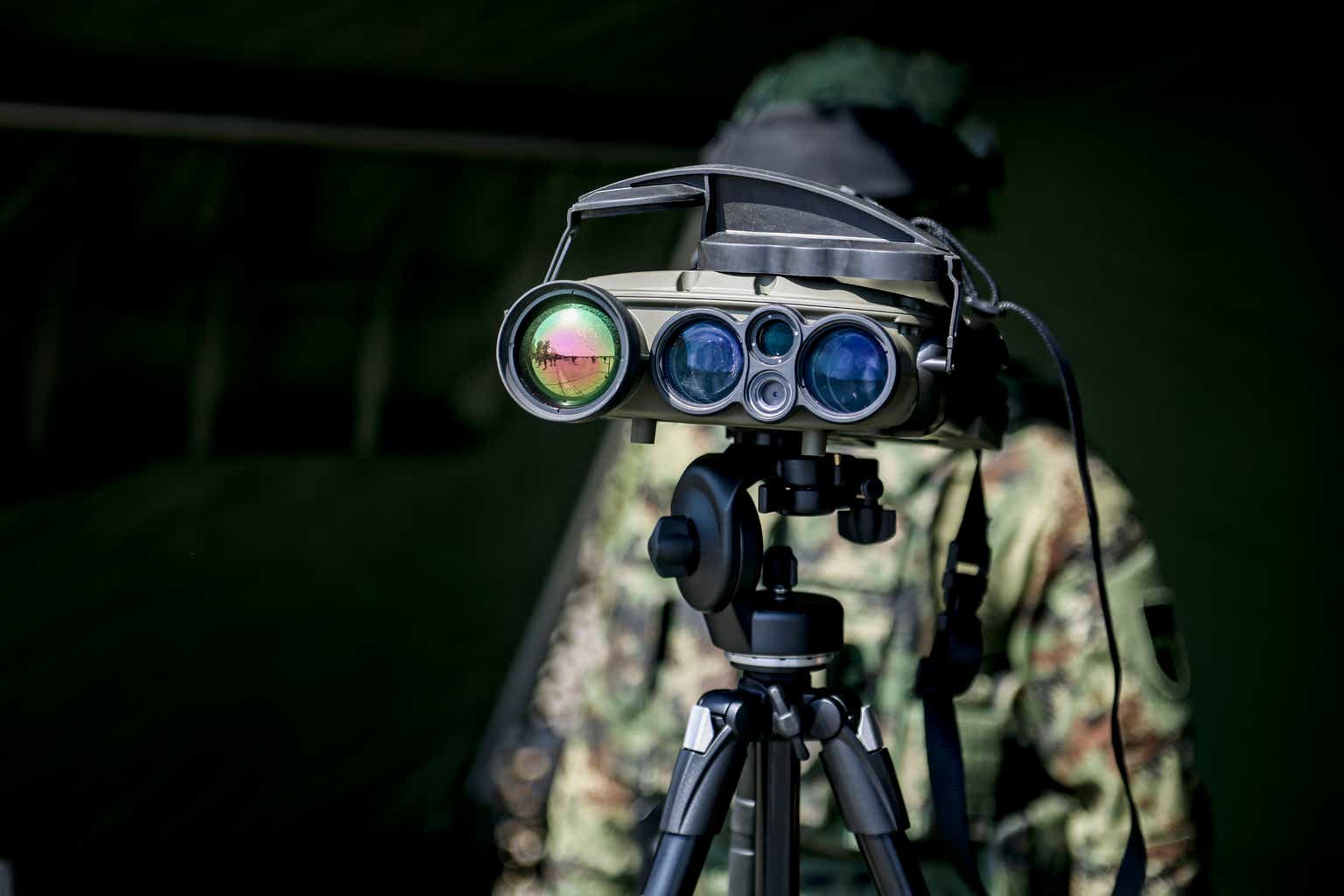If Trump Invades Greenland, American Interventionism Would Reach A New Extreme
So far, Donald Trump’s time in office during his second presidency has been marked by controversy. With a newly onset trade war following his broad tariff implementation, and the degeneration of relationships between the United States and allies like Canada, the future looks uncertain. Even more uncertain? Whether or not the Trump administration is serious […] The post If Trump Invades Greenland, American Interventionism Would Reach A New Extreme appeared first on 24/7 Wall St..

So far, Donald Trump’s time in office during his second presidency has been marked by controversy. With a newly onset trade war following his broad tariff implementation, and the degeneration of relationships between the United States and allies like Canada, the future looks uncertain. Even more uncertain? Whether or not the Trump administration is serious about acquiring Greenland — a territory that belongs to fellow NATO member, Denmark. Trump’s commitment to making Greenland a territory under American control has been ramping up. While he has stated that “there’s a good possibility it could be done without military force,” Vice President J.D. Vance has stated that military interventionism could be needed if Greenland refused to cut a deal with the United States. However, since Denmark oversees Greenland, any military action against Greenland would be seen as an attack against Denmark — and all of NATO. NATO forces could step in at that point if needed. (These are the Trump administration’s most and least popular policies so far.)
While most citizens hope that the conflict won’t reach this point, the American invasion of Greenland would not be the first, fiftieth, or even hundredth military intervention that the United States has taken part in. The United States might choose to intervene in another country for many reasons, although not all of them are positive. Motivations for military intervention can include humanitarian efforts, opportunities to implement or support a more democratic government, self-defense, protection of American expats, or advancing a country’s own interests externally — for example, one of the reasons why Trump seems to want Greenland is because the territory is rich with minerals, something Trump has shown significant interest in. Here, 24/7 Wall St. set out to put together a comprehensive list of all U.S. military interventions throughout history. To do so, we relied on information sourced from books like Legacy of Ashes: The History of the CIA and America Invades, Global Policy Forum, the BBC, the Council on Foreign Relations, and several government websites. We listed these in order of countries invaded after declaring war, undeclared wars, and smaller foreign engagements.
This previously published article was updated on April 6, 2025 to take a deeper look at the Trump administration’s recent statements surrounding Greenland and to note the potential interventionism we may be involved in in the coming years — which may even reflect conflicts of the past.
Why We’re Covering This Now
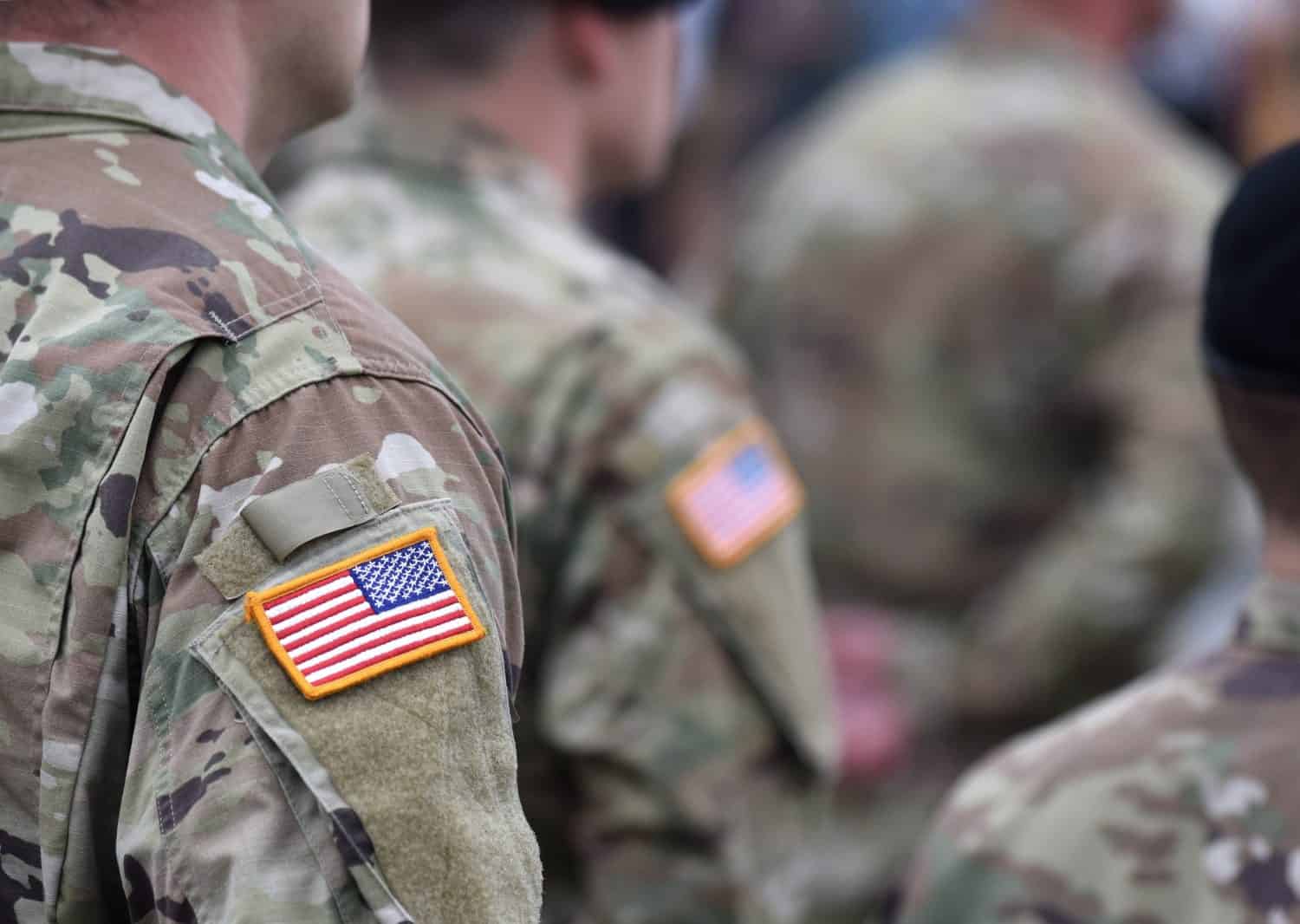
Have you ever heard the phrase before: “history always repeats itself”? If so, you might be looking at our current geopolitical situation and wondering how it might progress. Outside of Greenland, members of the Trump administration have stated that the U.S. might intervene militaristically in Mexico if gang violence threatened American safety; Trump has also turned his eyes towards military intervention in Gaza, with a vague plan to “Make Gaza Beautiful Again.” Besides preparing for what might come, recognizing the pattern of American military intervention provides context for current and future policy decisions. Each intervention also carries hefty financial costs, from direct military spending to long-term financial commitments relating to invasion and restructuring. By looking at past conflicts, and considering the costs of future conflicts, we can take a more critical look at whether any new interventions would truly serve American interests — or would just be overreaching.
Check out a comprehensive list of American military interventions throughout history:
Keeping It In Context

When considering U.S. military intervention, some people believe that the United States has overreached in world affairs by taking on the role of “world policemen.” Others feel that if the U.S. did not take that role, autocratic countries would fill the vacuum. Autocracy could lead to larger and more violent roles, as well as the disruption of international trade. Several media sources have already described Donald Trump as an aspiring autocrat.
However, looking at history, it’s impossible (and simplistic) to say that all American interventions were imperialist or negative. U.S. objectives have changed over time. While territorial expansion was a key motivator during America’s early growth, this later changed. Competition with European empires for access to foreign markets led to naval clashes. Troops were sent to various parts of the world to support U.S. business interests and defend American citizens. Despite being unwillingly dragged into World Wars I and II, the U.S. became a global leader — especially as European empires fell apart. In the postwar period, U.S. intervention aimed to:
- Prevent or reverse the spread of communism
- Disrupt terrorist networks
- Increase maritime trade freedom
- Stop civil wars
Invasions After Declaring War: A List

As outlined in Article I, Section 8, Clause 11 of the United States Constitution, the Congress is the only body in the United States that has the authority to declare war against other nations. Throughout our nation’s history, Congress has declared war eleven times through five different conflicts.
Read on to learn more about the official war declarations.
The War of 1812
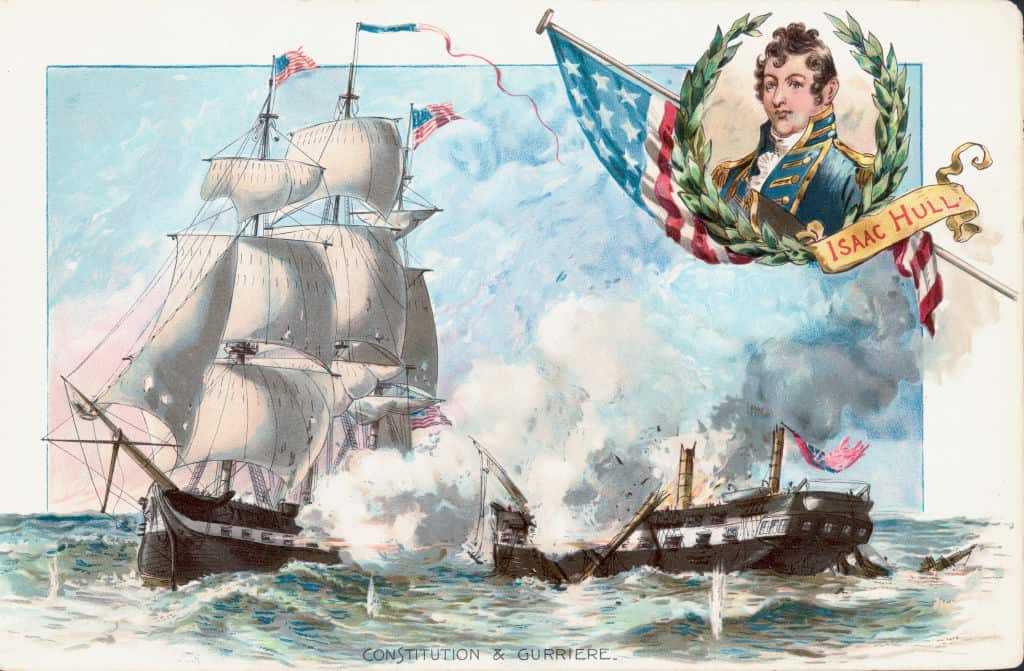
During the War of 1812, the U.S. declared war against Britain over maritime rights. Britain had been interfering with American trade routes and, on a more land-based level, was supporting Native American resistance. Many people saw the British preoccupation with the Napoleonic Wars at the time as a reason why the U.S. should annex Canada — and that’s exactly what the U.S. attempted to do. However, despite invading Canada, American retained no control of any Canadian territory.
The Mexican-American War
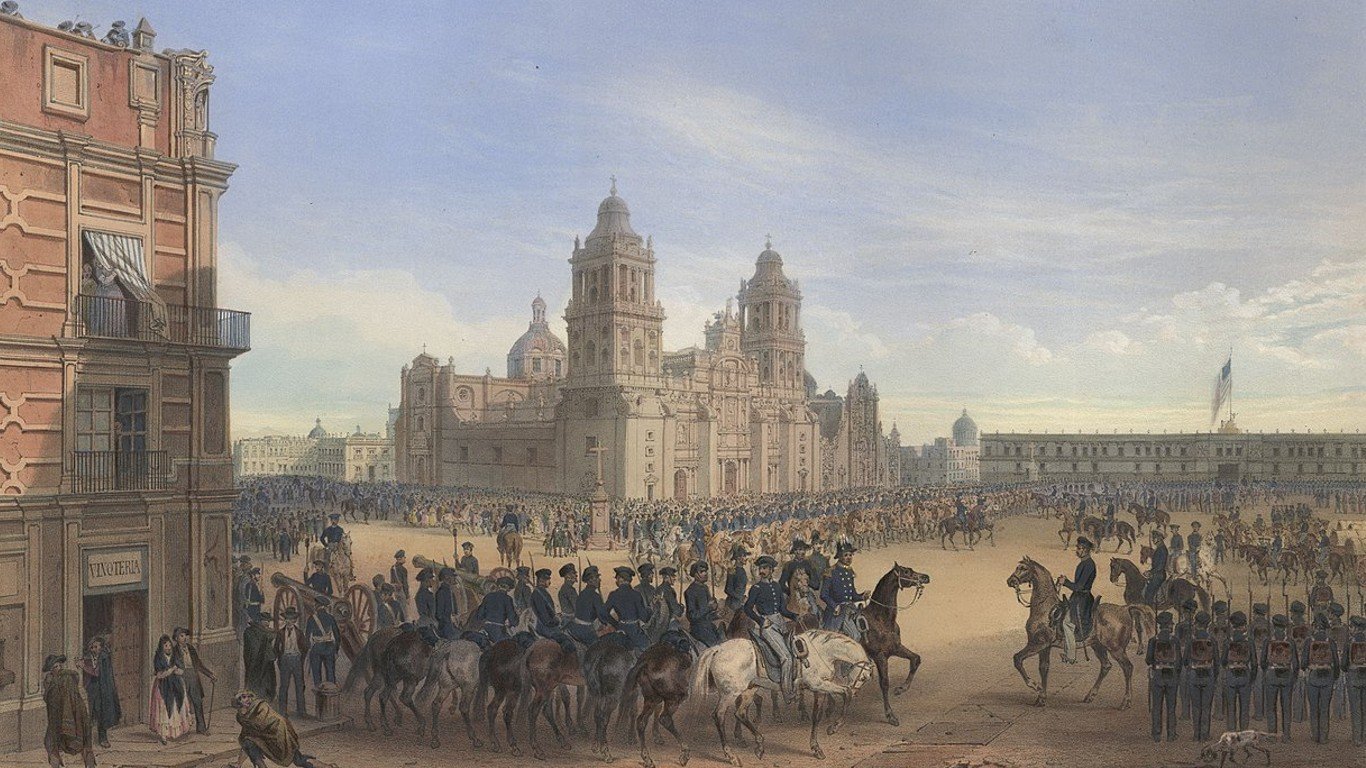
The United States formally declared war on Mexico from 1846-1848 to settle the Texas border and seize more territory for settlers. President James K. Polk wanted to set a boundary at the Rio Grande, but Mexico refused. By the end of the war, the United States had annexed nearly half of Mexico’s territory, including California, Arizona, New Mexico, and parts of several other states.
The Spanish-American War
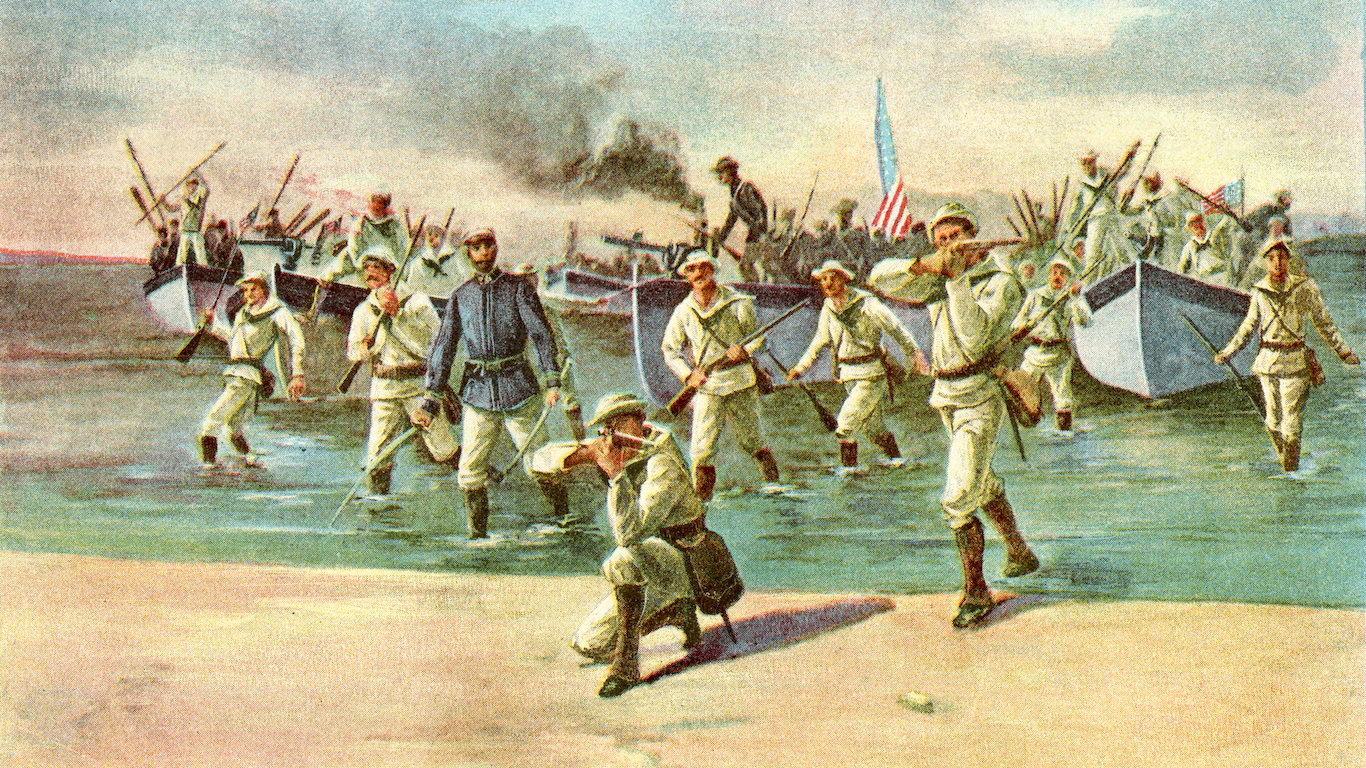
In 1898, the U.S. Congress declared war on Spain to support Cuba’s quest for independence. The war ended with the December 10, 1898 signing of the Treaty of Paris. Not only did Cuba gain independence, but Americans kept the former Spanish colonies of Guam, Puerto Rico, and the Philippines. This ended Spanish colonial rule in the Americas. The Philippines later gained independence in 1945.
World War I

The United States declared war on Germany and Austria-Hungary in 1917 near the end of World War I. While Americans had tried to stay out of the war, German targeting of American shipping and efforts to instigate Mexico to attack the U.S. were two of the influential factors drawing the United States in. Fresh American troops helped bring the conflict to an end in about 18 months.
World War II
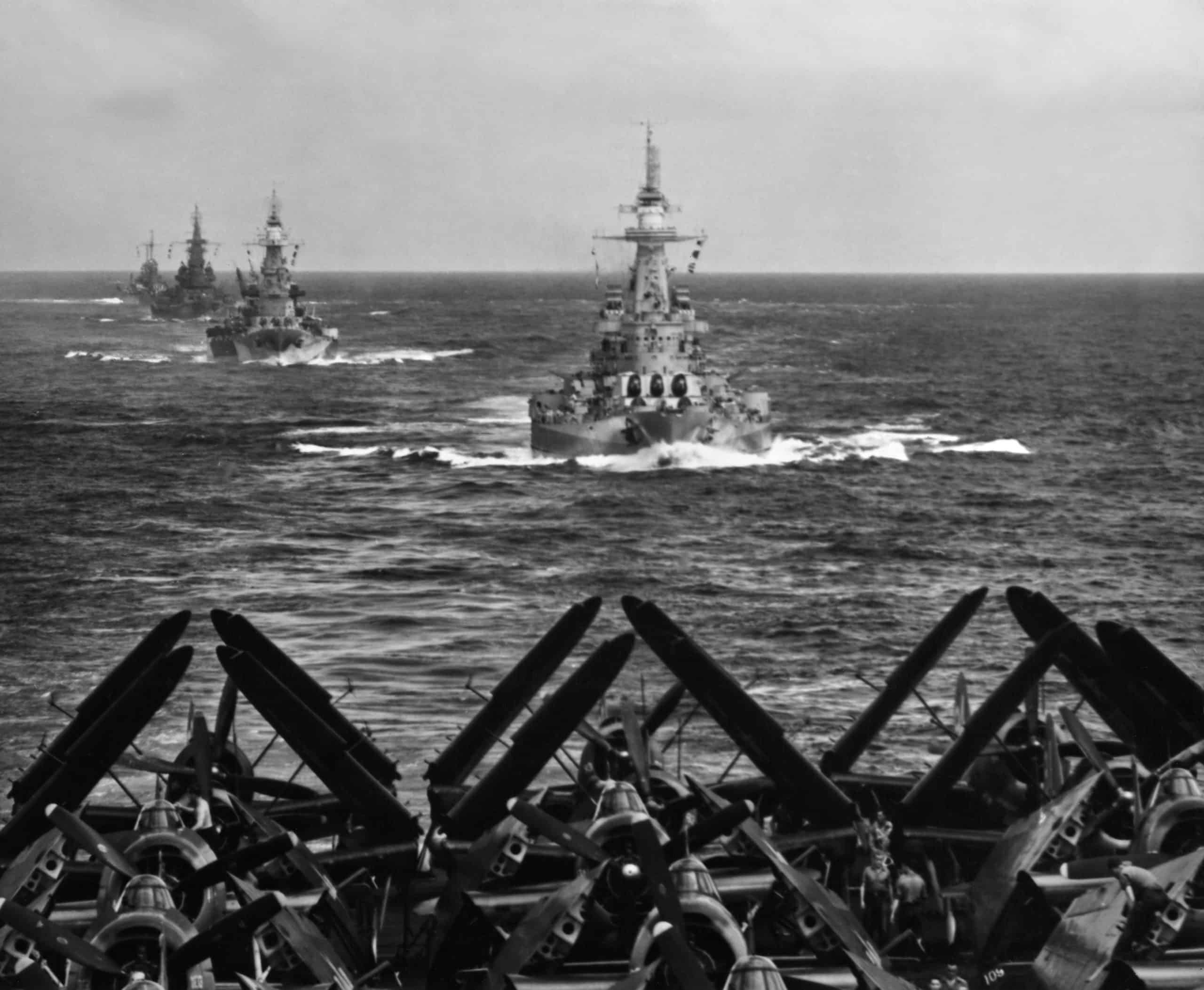
A surprise Japanese attack on Pearl Harbor, Hawaii in 1941 precipitated a U.S. declaration of war against the Empire of Japan and shortly later against Germany and Italy as well. The following year, Congress passed declarations of war against Bulgaria, Hungary, and Romania, which had allied with Germany for protection against the Soviet Union and for German support for their territorial ambitions. The war concluded in 1945 when the U.S. dropped two atomic bombs on Japan.
Major Undeclared Wars: A List
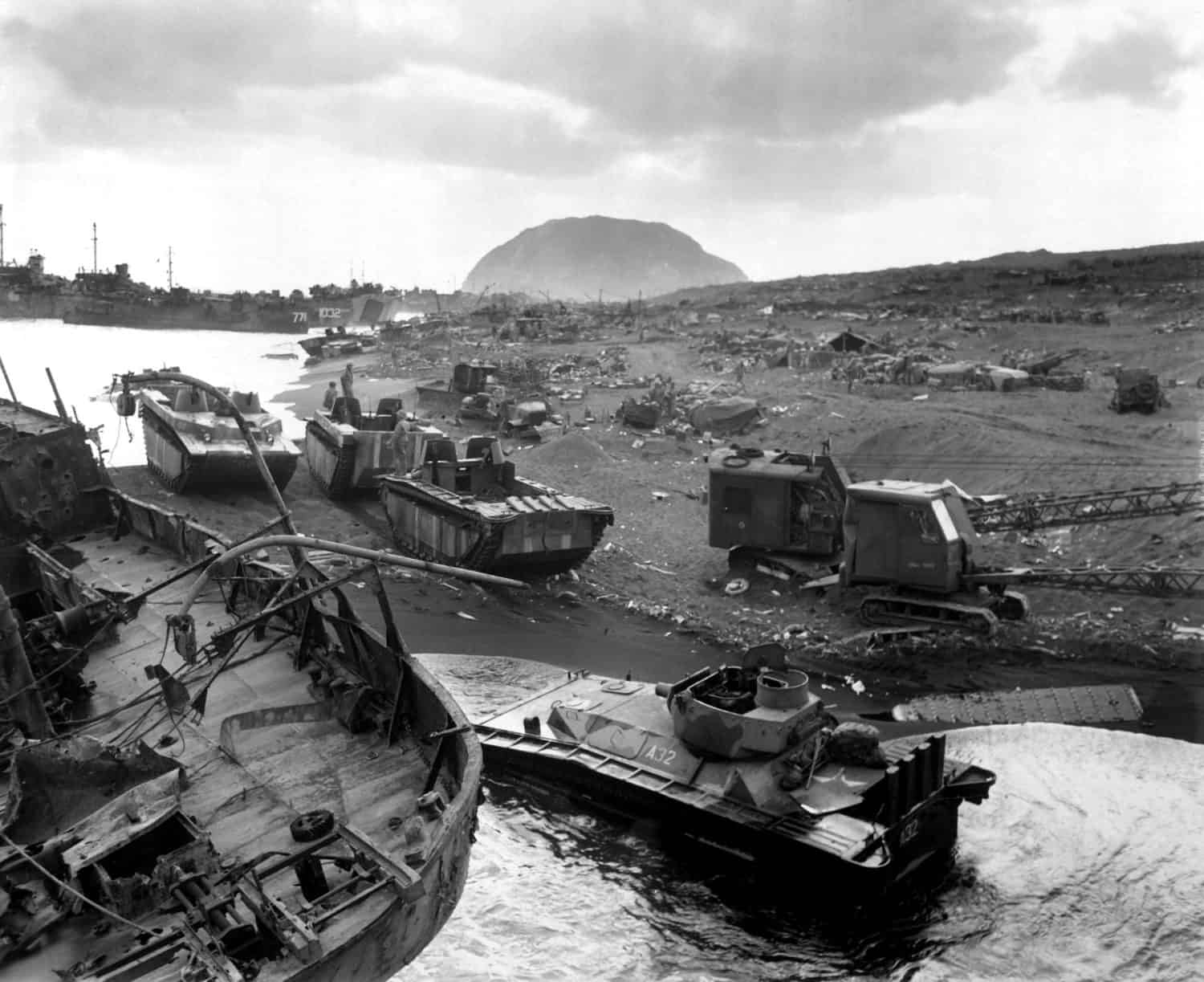
Although the U.S. has declared war on several occassions, our country has also engaged in undeclared military action. One advantage of not declaring war is that the military can retain the element of surprise in its operations, rather than announcing the war through a Congressional debate and vote. It also permits rapid responses to fast-emerging threats. However, getting involved in conflicts without first getting a Congressional declaration of war gives Presidents a huge amount of power that may go beyond what the writers of the Constitution envisioned.
The Barbary Wars
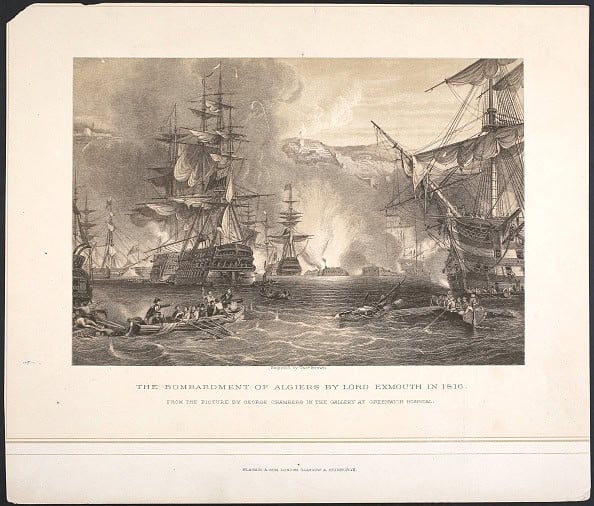
The country’s first major foreign military engagement was against the Barbary pirates on the Mediterranean coast of northwest Africa. The Barbary states asked for a financial tribute for the U.S. to safely travel through Mediterranean shipping routes, which the U.S. refused to provide. The Barbary Wars included a war with Tripoli from 1801-1805 and Algiers from 1815-16. Today these cities are part of Libya and Algeria, respectively.
The Annexation of Hawaii
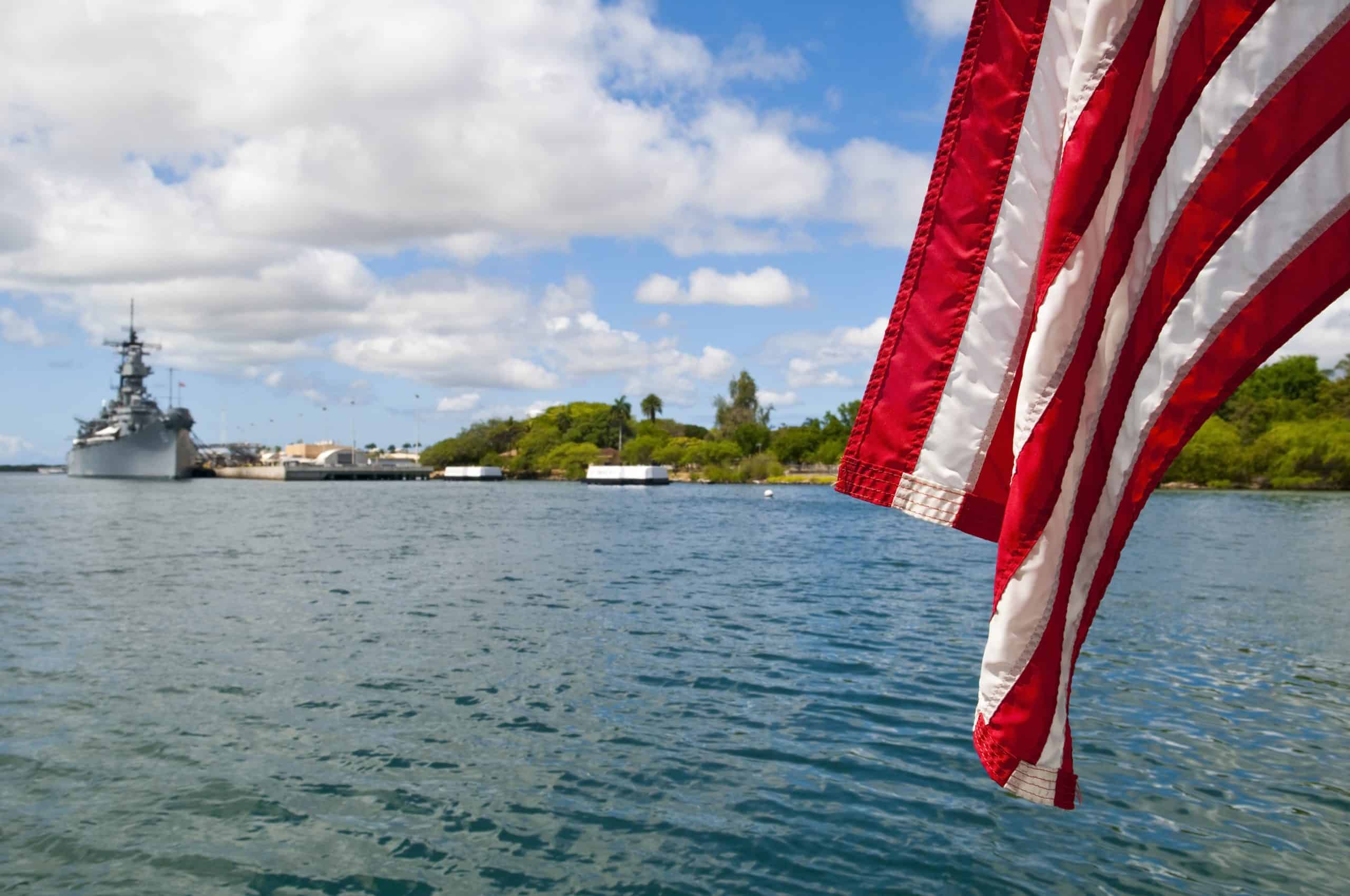
In 1893, American plantation owners instigated a rebellion to overthrow Queen Liliuokalani of Hawaii. American Marines backed the coup and the new provisional government applied for annexation to the United States. This action was provoked in part because the U.S. Congress placed tariffs on imported sugar. By becoming part of the United States, Hawaiian planters would not be subject to the tax on foreign commodities.
The Russian Civil War

After communists took over Russia in 1917, a civil war broke out across the country. The United States, along with a dozen or so other countries, sent troops into Russia from 1918-22 to guard critical infrastructure and assist the counter-revolutionary forces. This effort was ultimately unsuccessful.
The Korean War
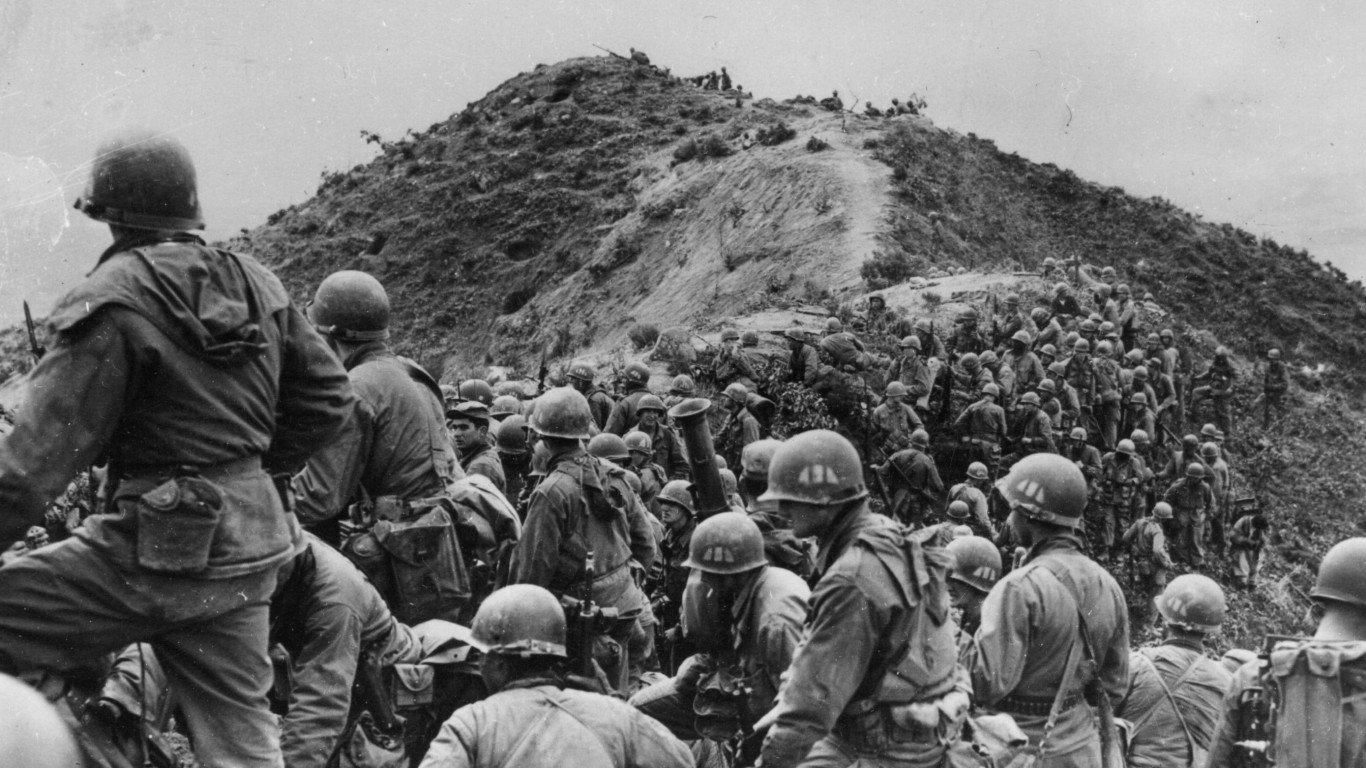
At the end of World War II, Korea divided into two countries. Communist North Korea launched a surprise attack on the South in 1950. The United States and a multinational coalition fought an undeclared war from 1950-53 that drew in China and resulted in a return to the status quo. Though we call this violent and costly conflict a war, it doesn’t meet the legal definition of a U.S. war because Congress never passed a formal declaration.
The Bay of Pigs

On April 17, 1961, the CIA attempted to orchestrate a covert operation at the Bay of Pigs in Cuba to overthrow Fidel Castro’s communist government. The CIA had trained a group of Cuban exiles and armed them, expecting them to contribute to taking down Castro. While the U.S. did provide weapons, it ended up failing to provide the necessary air support it promised. Most of the Cuban exiles were captured or killed, and the entire operation proved to be an embarrassment for U.S. forces. Although the operation was spearheaded by the U.S., there was no formal declaration of war against Cuba.
The Vietnam War
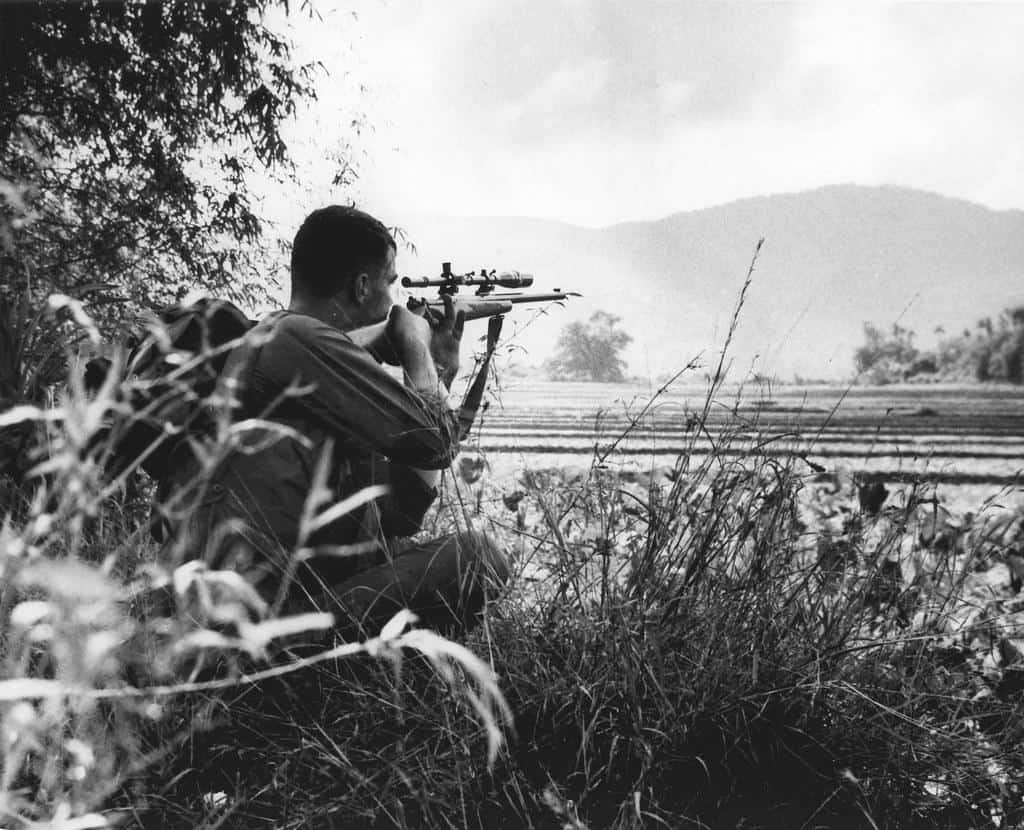
Much like the Korean War, the Vietnam War saw a U.S.-led multinational coalition trying to defeat the Communist North, which was invading the South. The Americans invested 20 years and nearly 60,000 lives but were ultimately defeated in 1975. Communists went on to take over the rest of Indochina as well: the countries of Cambodia and Laos.
The Invasion of Grenada
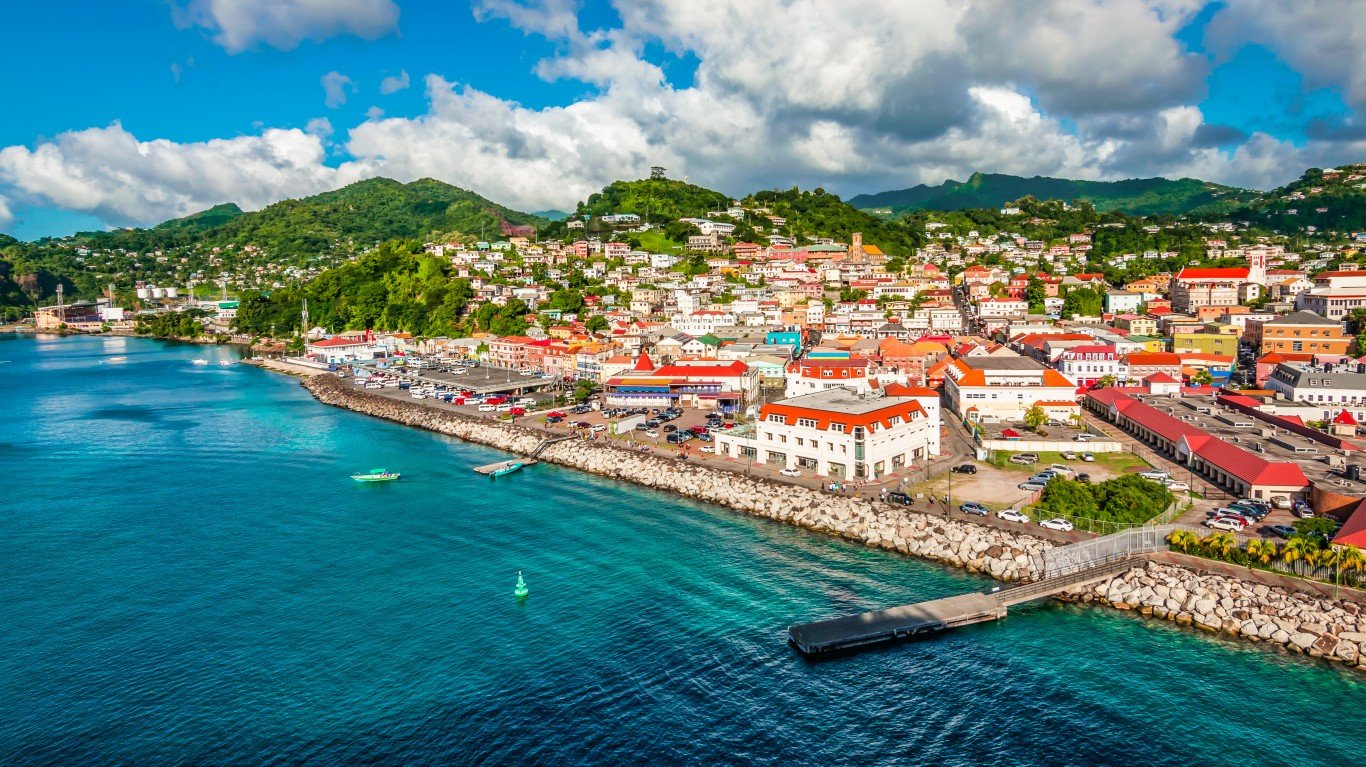
In 1983, President Reagan ordered the U.S. armed forces to invade Grenada as part of Operation Urgent Fury. The operation sought to remove a Marxist government and halt Soviet and Cuban work on a military-grade airstrip. Altogether, the mission was a success — though much of the international community found it to be a violation of international law. Grenada today has no military, only a local police force.
The Invasion of Panama
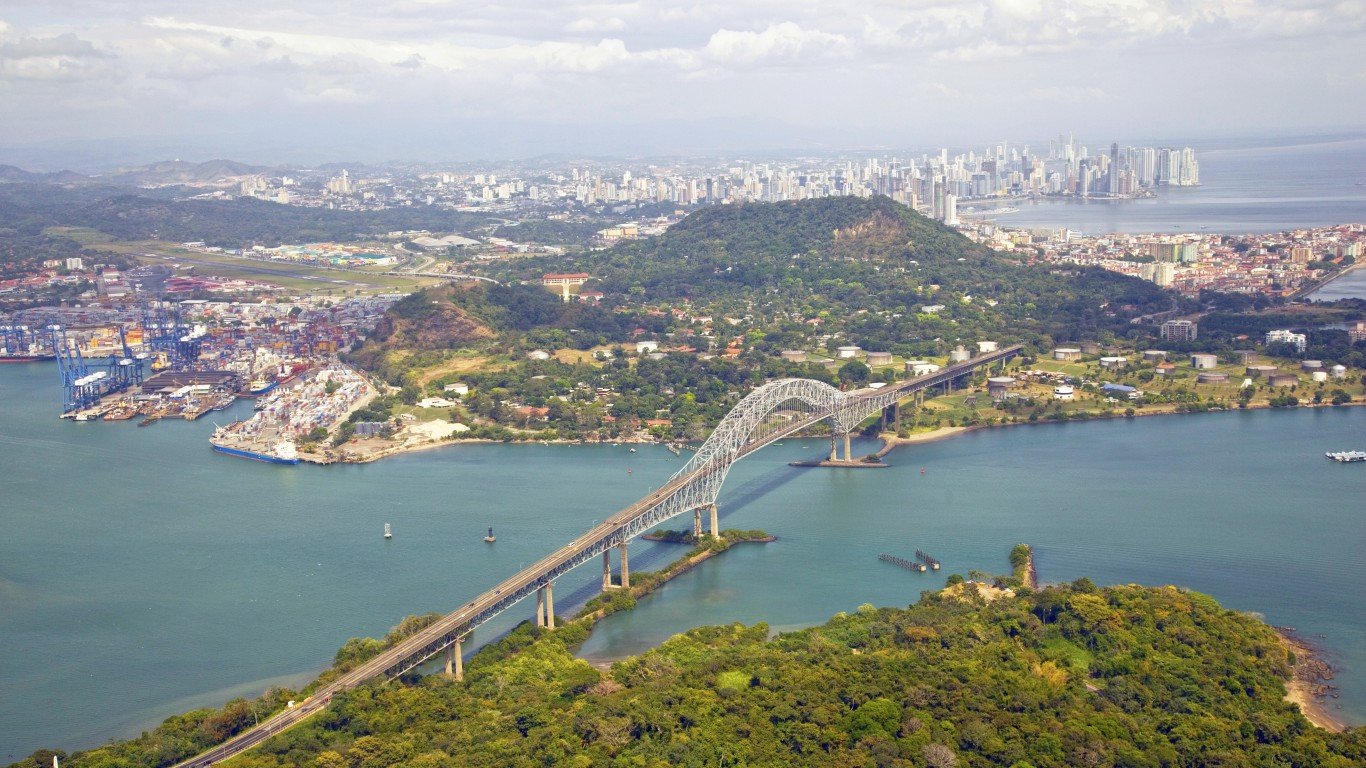
In 1989-1990, President George H.W. Bush deployed 27,000 troops backed up with naval and air power to take control of Panama and take its military leader, General Manuel Noriega, into custody. Noriega was convicted of drug trafficking and served 17 years in a Miami prison. He was later extradited to France where he served seven years for money laundering, and finally returned to Panama and died in 2017 at age 83.
Intervention in Yugoslavia

After the collapse of communism in Eastern Europe, Yugoslavia fell apart in a series of civil wars that created seven independent countries: Slovenia, Croatia, Bosnia and Herzegovina, Serbia, Montenegro, North Macedonia, and Kosovo. Two times during these wars, the United States engaged in combat together with its NATO allies.
In 1995, the Western Alliance conducted air strikes against the Serbian forces in the Bosnian civil war, forcing them to accept a peace agreement. In 1999, NATO repeated this action to force Serbia to withdraw from Kosovo, which was declared an independent state. In both cases, Western intervention came after Serbian atrocities and ethnic cleansing activities.
The Gulf Wars
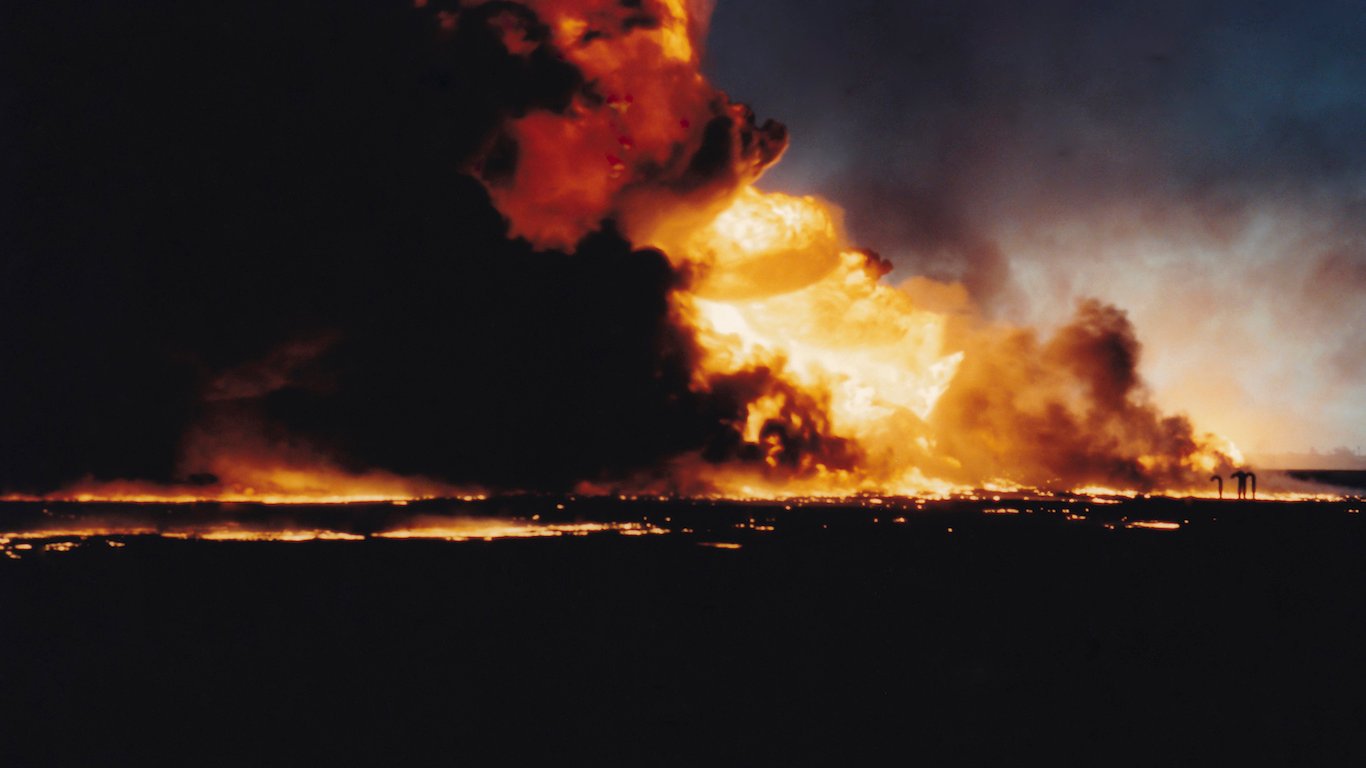
The U.S. and its allies went to war twice against Iraq. The first Gulf War occurred in 1990-91 when Iraq invaded Kuwait and threatened the Saudi oilfields. A U.S.-led international coalition liberated Kuwait. A second coalition war against Iraq took place from 2003-2011 to remove dictator Saddam Hussein from power and search for alleged weapons of mass destruction programs. American military forces remained in Iraq to stabilize the country and combat terrorism until 2021. Some troops remain to this day in a training capacity for the Iraqi military.
The War in Afghanistan
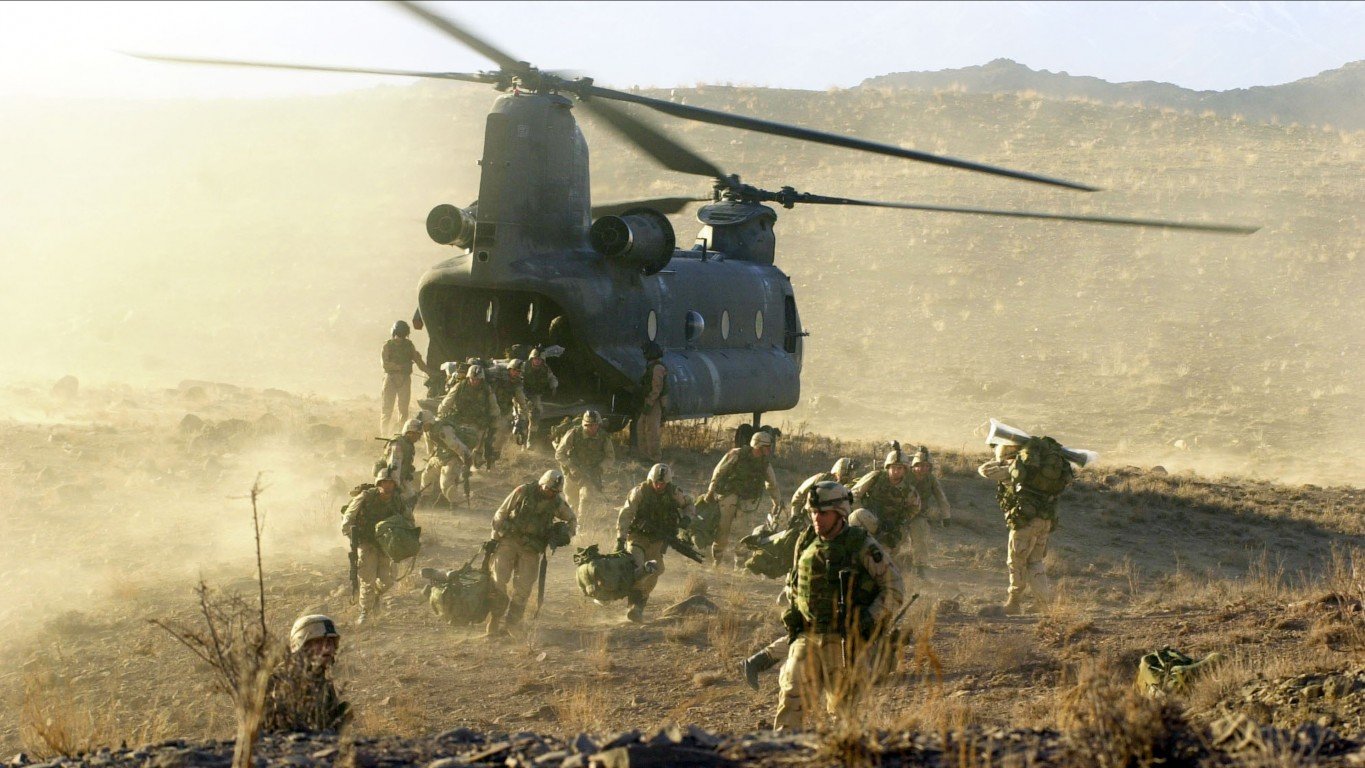
Americans and coalition partners invaded Afghanistan in 2001 to remove the Taliban from power and seek to capture Osama bin Laden, the terrorist mastermind of the 9-11 attacks. The war dragged on for 20 years until President Biden withdrew American forces in 2021. Shortly thereafter, the Taliban retook control of the country.
Smaller Engagements: A List
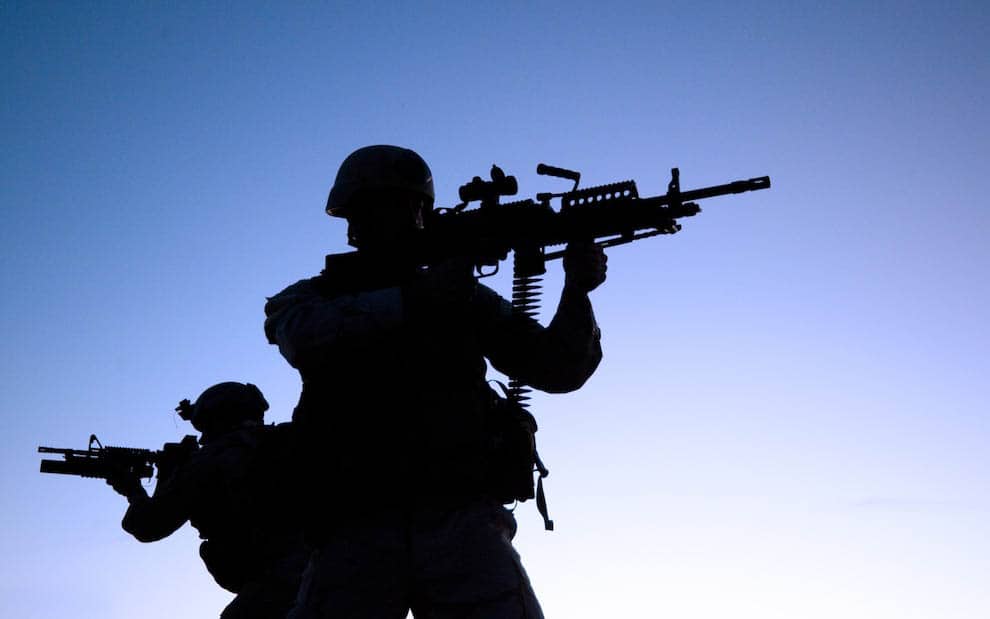
Many of the larger military interventions that the U.S. have taken part in are known and understood. But did you know that American armed forces have also fought several smaller and lesser-known engagements? Many took place during the age of imperialism when “gunboat diplomacy” was used to back up American business interests, quell uprisings, and establish spheres of influence to exclude European rivals.
Unfortunately, we don’t have enough space to investigate all of these conflicts. But if you’re curious and want to learn more, you can use this list as a jumping off point for your own research. We arranged the following by the first date of military conflict:
- France, Britain, and Spain (1798-1810, 1814-25) — Caribbean naval conflicts.
- Spain (1810-1819) — Conflicts in Florida leading to annexation.
- Greece (1827) — Marines invaded three islands.
- Dutch East Indies (1832, 1838) — Punitive naval operations.
- Ivory Coast (1843)
- Argentina (1833, 1852-53, 1890) — Troops intervened multiple times near Buenos Aires.
- Peru (1835-6) — Marines intervened with counter-insurgency operations.
- Mexico (1836, 1842, 1846-8, 1859, 1876, 1913-16) — Helping Texas achieve independence, pursuing criminals, pressuring the Mexican government.
- Fiji (1840-41, 1858)
- Samoa (1841, 1885, 1888, 1899)
- China (1843-1937)
- Nicaragua (1854-1933) — Multiple interventions in different cities starting in the mid-19th century. Full occupation of the country from 1912-33.
- Uruguay (1855, 1858, 1868)
- Colombia (1856-1895, 1901-03) — Multiple interventions for counter-insurgency campaigns and finally detaching Panama as a separate country to win favorable terms to build the Panama Canal.
- Portuguese West Africa (1860)
- Japan (1863-4, 1868)
- Korea (1871, 1894-96, 1904-5)
- Egypt (1882)
- Haiti (1888-1934, 1959, 1994-96, 2004) — Multiple interventions and occupations to change governments and stabilize the country.
- Chili (1891)
- Honduras (1903, 1907-12, 1919, 1924-25)
- Dominican Republic (1903, 1916-24, 1965)
- Cuba (1906-9, 1912, 1914, 1917-33)
- Panama (1908, 1912, 1918-20, 1925) — Navy, Marine, and Army interventions multiple times to stabilize the country and safeguard the Canal.
- Yugoslavia (1919)
- Guatemala (1920, 1966-67)
- Turkey (1922)
- El Salvador (1932)
- Iran (1946)
- Greece (1947-49) — U.S. forces engaged in counterinsurgency operations.
- Philippines (1948-54) — Undercover commando operations.
- Lebanon (1958) — 14,000 U.S. marines and army units were depl0yed.
- Laos (1965-73) — Bombing campaign and cross-border operations as part of the Vietnam War.
- Cambodia (1969-75) — Bombing campaign as part of the Vietnam War.
- Iran (1980, 1984, 1987-88
- Libya (1981, 1986, 1989) — retaliatory strikes for terrorism.
- Liberia (1990, 1997) — Intervention in civil war.
- Somalia (1992-94) — Peacekeeping forces
- Sudan (1998) — Airstrike
- War on Terror (2001-present) — Global counterterrorism strikes that began after the 9-11 attacks on New York and Washington, D.C.
- Yemen (2024) — Airstrikes on Houthi rebels in retaliation for missile and drone attacks on Red Sea shipping.
The post If Trump Invades Greenland, American Interventionism Would Reach A New Extreme appeared first on 24/7 Wall St..























































